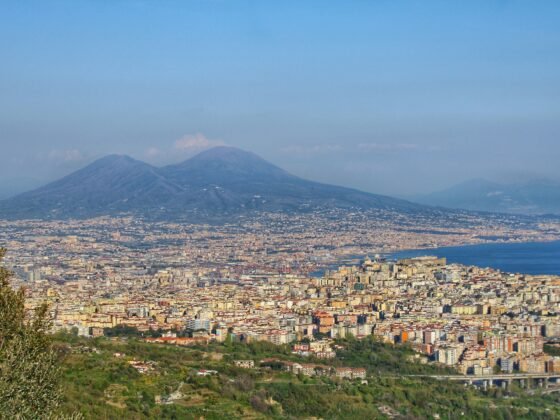There are currently two active erupting volcanoes causing disruption on flights from North America to Asia and within southern Europe.
Mount Cleveland in Alaska erupted three times last Saturday with ash sent 15,000 feet into the air. There were 3 explosions within seven hours from the Cleveland volcano which is in a remote region within the Aleutian Islands. Situated 940 miles to the southwest of Anchorage, Cleveland has all the indications of presenting a ‘sustained eruption’. Cleveland is just one of 90 active volcanoes in the area, known as ‘The Ring of Fire’. The region is a major air traffic route connecting the USA and Asia. Cleveland weighs in at 5,676 feet (1,730 meters) high and has erupted more than 20 times during the last 2 years. Although there are no cancelled flights as yet, keep an eye on the situation as an increase in ash over the airspace could cause flight disruption. This could become a contender for our top explosive volcano destinations list!
And over in Southern Europe, Mount Etna in Sicily has also had sporadic signs of activity, with 13 eruptions so far this year. On occasion, air traffic is affected and planes have been re-routed. Etna stands in at 10,922 feet (3,329 meters) and is part of the Nebrodi mountain range.
Do you remember the mighty volcanic ash cloud from Eyjafjallajokull Volcano that saw 100,000 flights grounded over six days and left more than 10 million travellers stranded in spring 2010? Eruptions are measured on an explosivity index (VEI) from 0 to 7, and Eyjafjallajökull measured 4 on the scale. Thankfully Eyjafjallajokull in Iceland, which stands at 5,466 feet (1,666 meters) tall, has not erupted since April 2010, fingers crossed!
The Puyehue-Cordón Caulle Volcano in Chile last erupted in June 2011, measuring 4 on the VEI. Ash rose some 39,370 feet (12,000 meters) in the air and caused major disruptions to flights over the southern hemisphere. Travel within South America, South Africa, Australia and New Zealand was all affected. Currently there are no issues.











